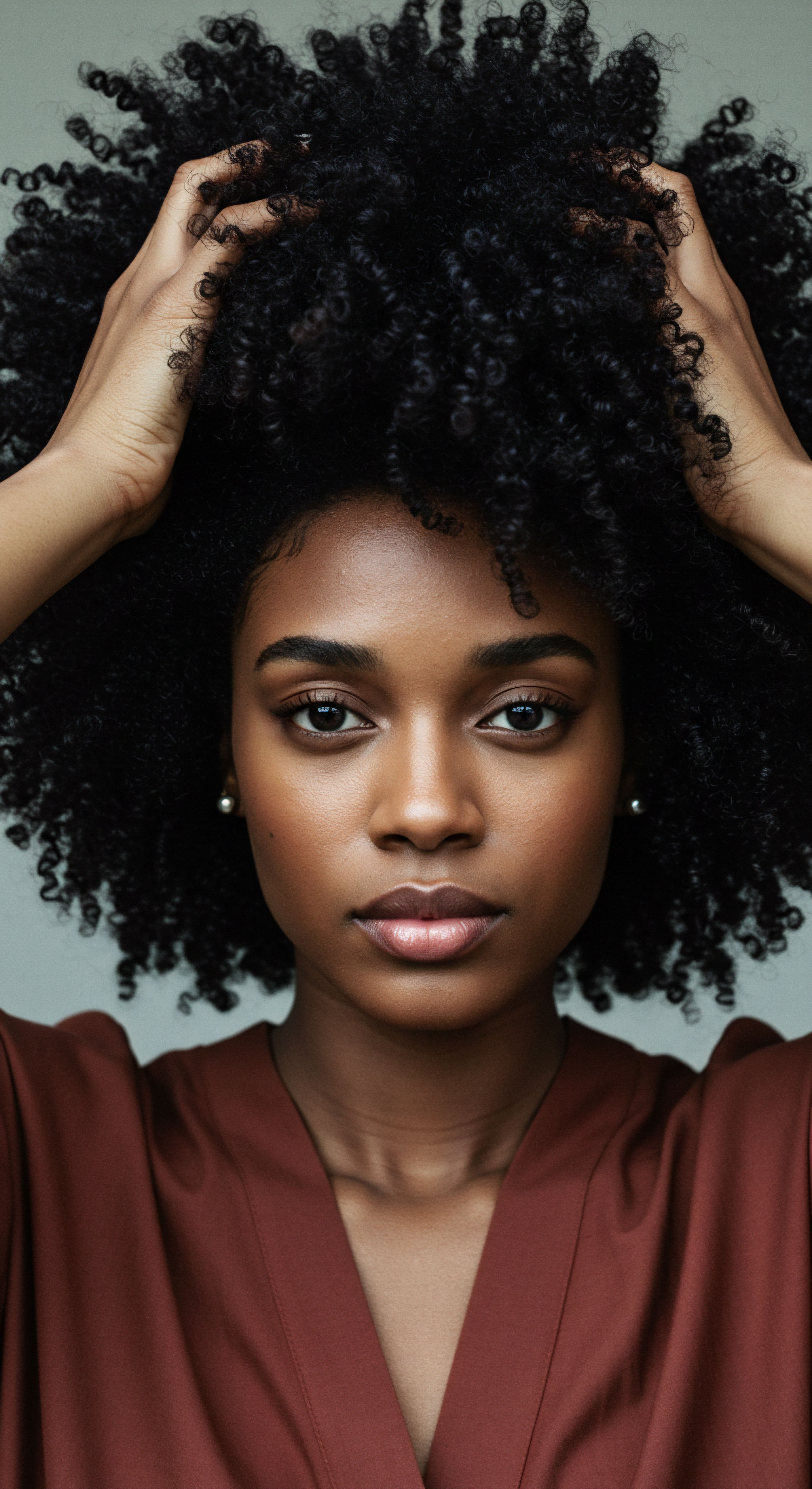
Roots
The stories our hair tells are as old as humanity itself, holding whispers of heritage, identity, and profound personal journeys. Yet, for too many, these stories have been met with misunderstanding, judgment, and outright denial. The question of whether existing federal laws adequately address hair discrimination without new legislation is not merely a legal technicality; it is a profound inquiry into the very fabric of fairness and belonging in our society.
It asks us to look beyond statutes and consider the lived experiences, the silent burdens carried, and the subtle yet powerful ways appearance shapes opportunity. This exploration seeks to unravel the complex interplay of history, culture, and legal interpretation, revealing why the conversation around hair discrimination demands a thoughtful, multi-layered response.
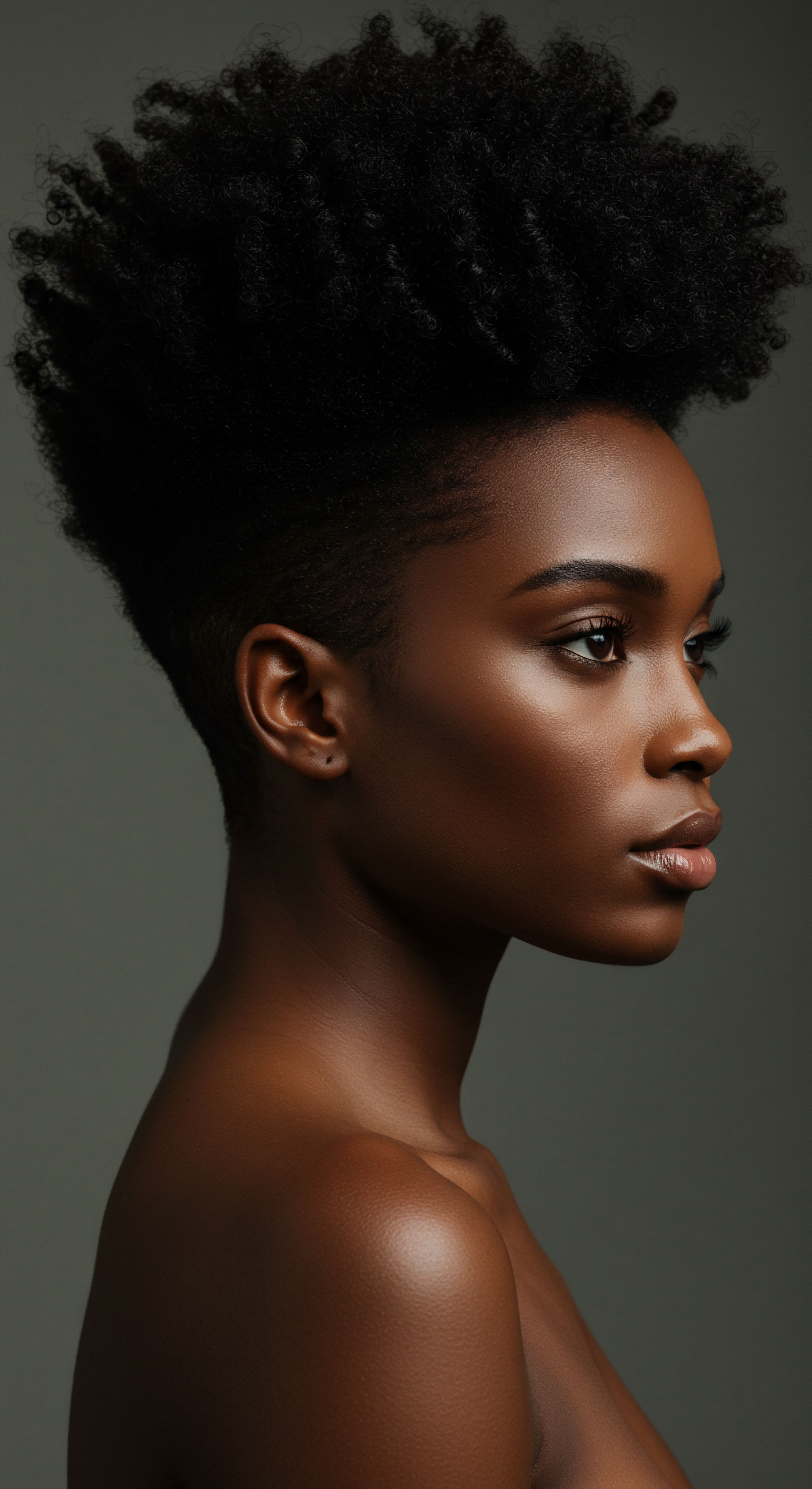
Historical Context of Hair Discrimination
For individuals of African descent, hair has always been more than simple adornment; it is a powerful cultural marker, a testament to ancestral practices, and a symbol of identity. However, this profound connection has, for centuries, been met with oppressive societal norms. In 18th-century Louisiana, the infamous Tignon Laws forced Black women to conceal their elaborate hairstyles with head scarves, a direct attempt to diminish their perceived social standing and assert control over their appearance.
This historical precedent laid a foundation for the devaluation of textured hair, casting natural styles as “unprofessional” or “unruly” within a Eurocentric framework of beauty and decorum. The echoes of these historical impositions resonate still, manifesting as biases that can shape educational and professional pathways.

Existing Federal Legal Frameworks
The primary federal legal instrument against discrimination in employment is Title VII of the Civil Rights Act of 1964. This landmark legislation prohibits discrimination based on race, color, religion, national origin, and sex. Additionally, Section 1981 of the Civil Rights Act addresses racial discrimination in contractual relationships, including employment. The Americans with Disabilities Act (ADA) also offers protections, though its direct applicability to hair discrimination cases is often limited to specific medical conditions that might influence hair or grooming, such as Pseudofolliculitis Barbae (PFB), a condition disproportionately affecting Black men and causing irritation from shaving.
Existing federal laws, while foundational, have historically struggled to fully encompass the nuances of hair discrimination, often due to narrow interpretations of racial identity.
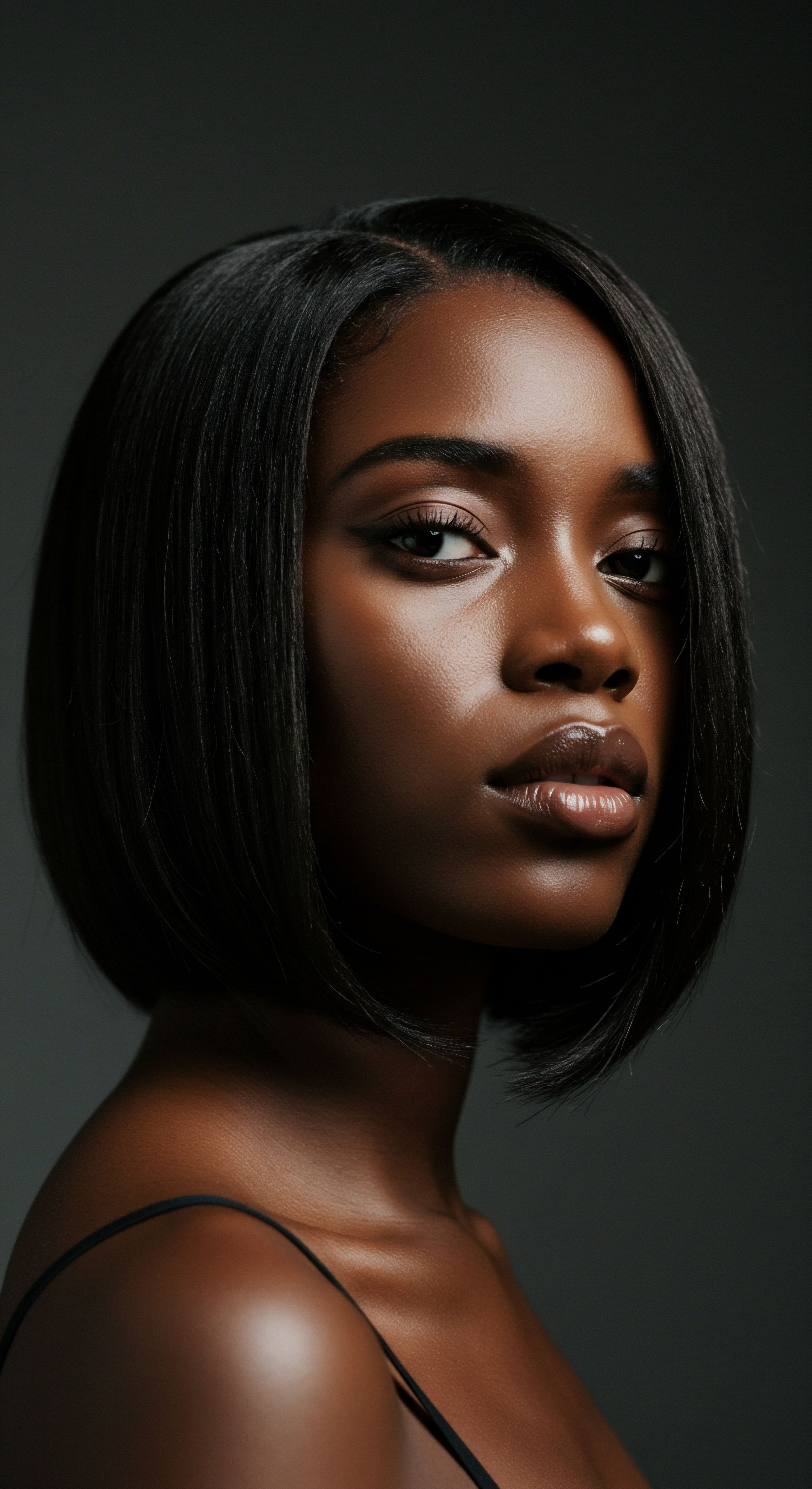
Judicial Interpretations and Limitations
Despite the broad intent of Title VII, federal courts have often interpreted its protections against race discrimination narrowly, particularly concerning hair. Early cases grappled with whether hairstyles constituted an “immutable characteristic” of race, something one is born with and cannot change. In 1976, the case of Jenkins V. Blue Cross Mutual Hospital Insurance determined that afros were protected under Title VII, acknowledging their racial significance.
Yet, this protection did not universally extend to other natural or protective styles. A significant setback came in the 1981 case of Rogers V. American Airlines Inc., where a court sided with the airline’s policy prohibiting cornrows, reasoning that braids were not an immutable racial characteristic. This ruling set a precedent that allowed employers to enforce grooming policies that, while seemingly neutral, disproportionately affected Black individuals. The logic often hinged on a distinction between characteristics deemed inherent to race (like skin color) and those considered “mutable” or chosen, even if deeply culturally significant.
The Equal Employment Opportunity Commission (EEOC), the federal agency tasked with enforcing anti-discrimination laws, has provided guidance indicating that discrimination based on hair textures or hairstyles commonly associated with specific racial groups can indeed constitute race-based harassment under Title VII. However, these guidelines, while influential, do not always carry the same legal weight as statutory law or judicial precedent, leaving victims of hair discrimination in a precarious position where their claims might be rejected by courts adhering to a more restrictive interpretation of existing statutes.

The Disparate Impact Doctrine
Title VII also addresses practices that, while appearing neutral on their face, have a disproportionately negative impact on a protected group and are not job-related or consistent with business necessity. This is known as the disparate impact doctrine. While theoretically applicable to hair discrimination, proving disparate impact can be challenging.
An employer might argue a grooming policy serves a legitimate business purpose, such as maintaining a “professional” image, even if that image implicitly favors Eurocentric hair standards. The burden then falls on the plaintiff to demonstrate that the policy lacks true business necessity or that less discriminatory alternatives exist.
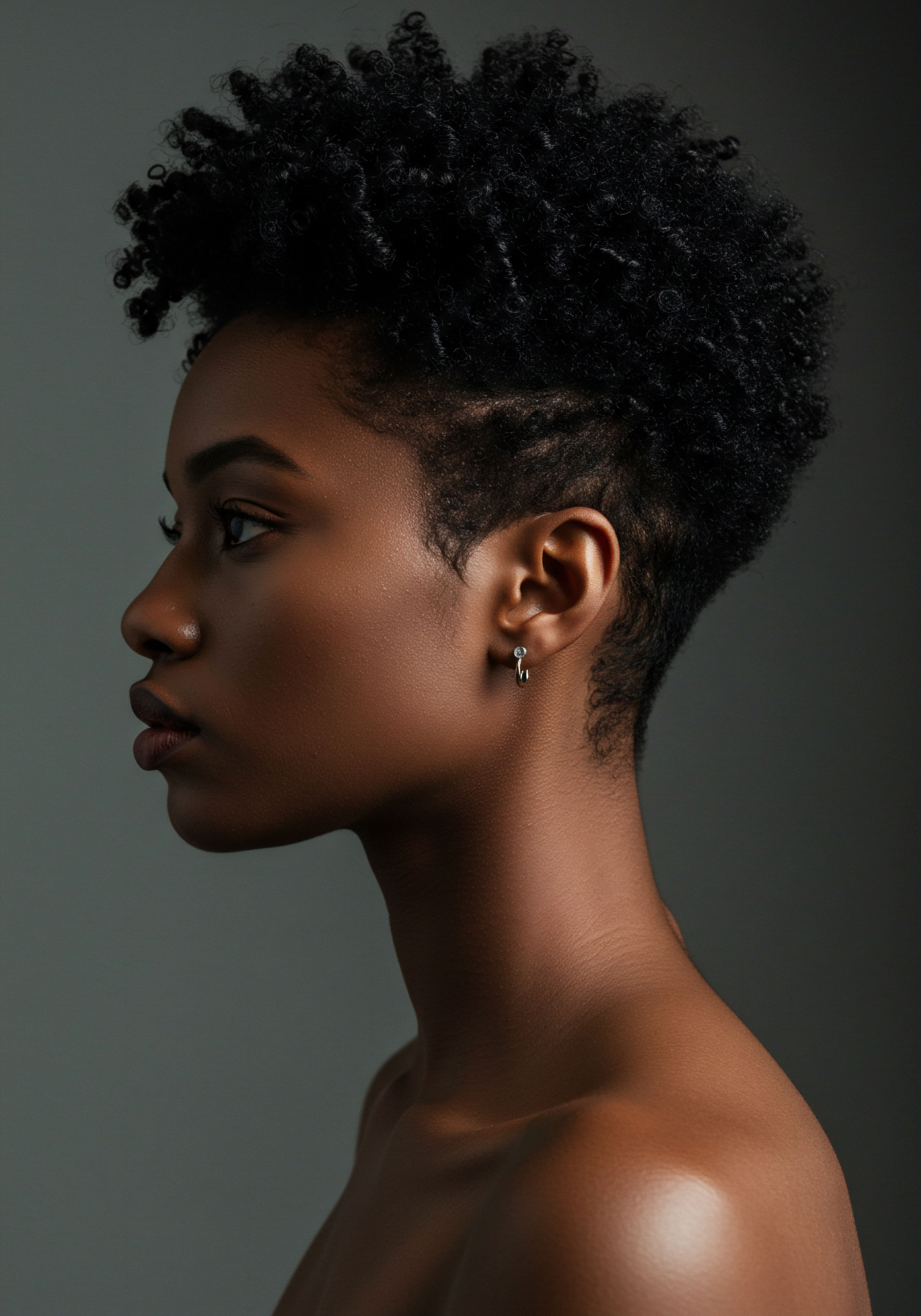
Do Current Laws Sufficiently Protect Textured Hair?
The historical legal landscape reveals a consistent pattern ❉ while federal laws aim to prohibit race discrimination, their application to hair discrimination has been inconsistent and often insufficient. The ambiguity around what constitutes an “immutable characteristic” versus a “chosen” hairstyle has created loopholes, leaving many vulnerable to bias in workplaces and schools. This legal gap underscores a fundamental disconnect between legal definitions and the lived realities of individuals for whom hair is an inextricable part of their racial and cultural identity.
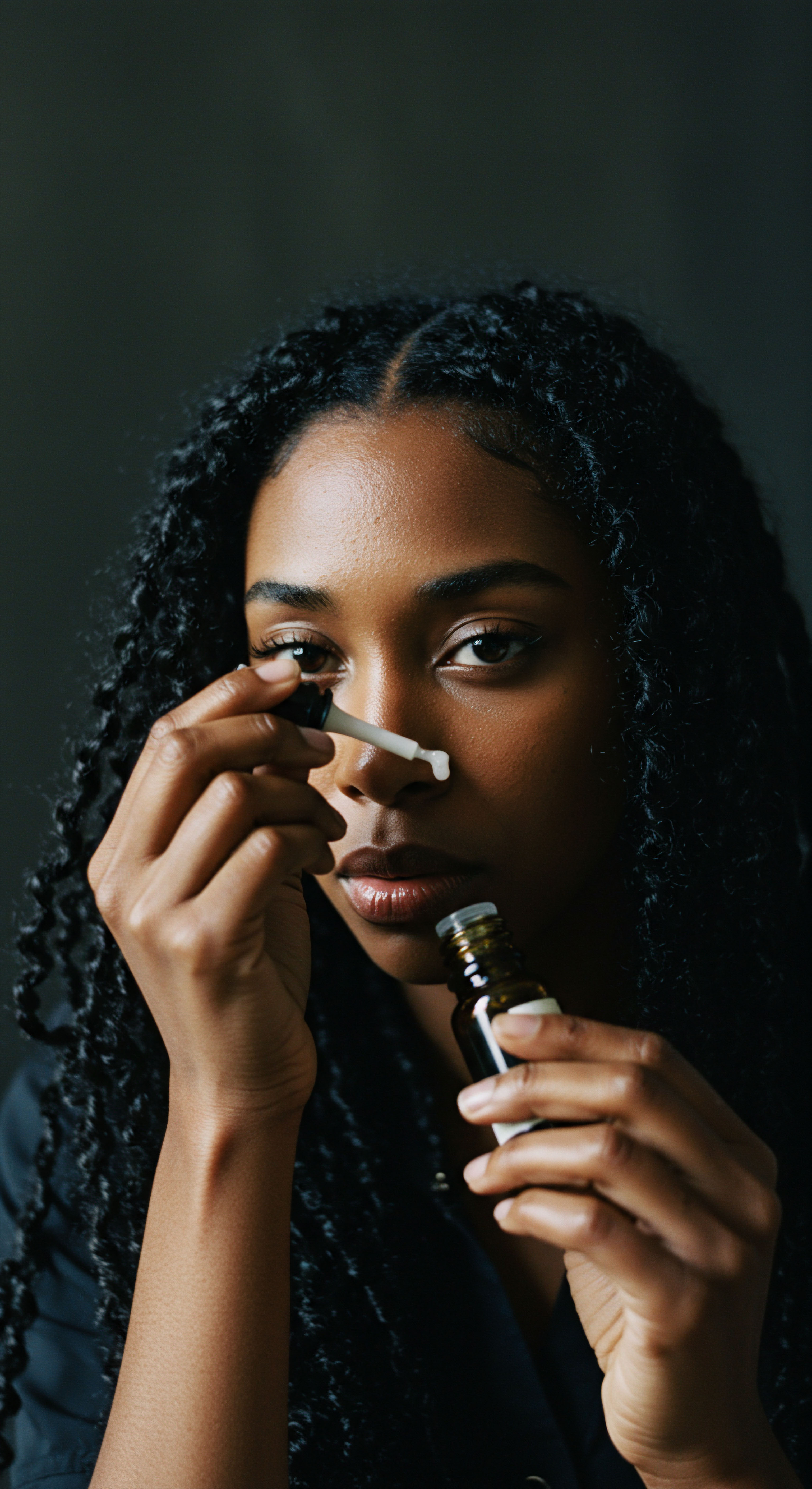
Ritual
Our daily rituals with hair, from the gentle detangling to the intricate styling, are often quiet acts of self-expression and care. Yet, for many, these intimate moments carry an unspoken weight, a consideration of how their chosen style might be received in the world beyond their private space. This section shifts our focus from the foundational legal concepts to the tangible, lived experiences of hair discrimination and the ongoing efforts to forge a path toward greater understanding and acceptance. It is here that we witness the daily negotiations, the practical challenges, and the persistent drive for legal clarity in a world that still grapples with embracing the full spectrum of hair textures.
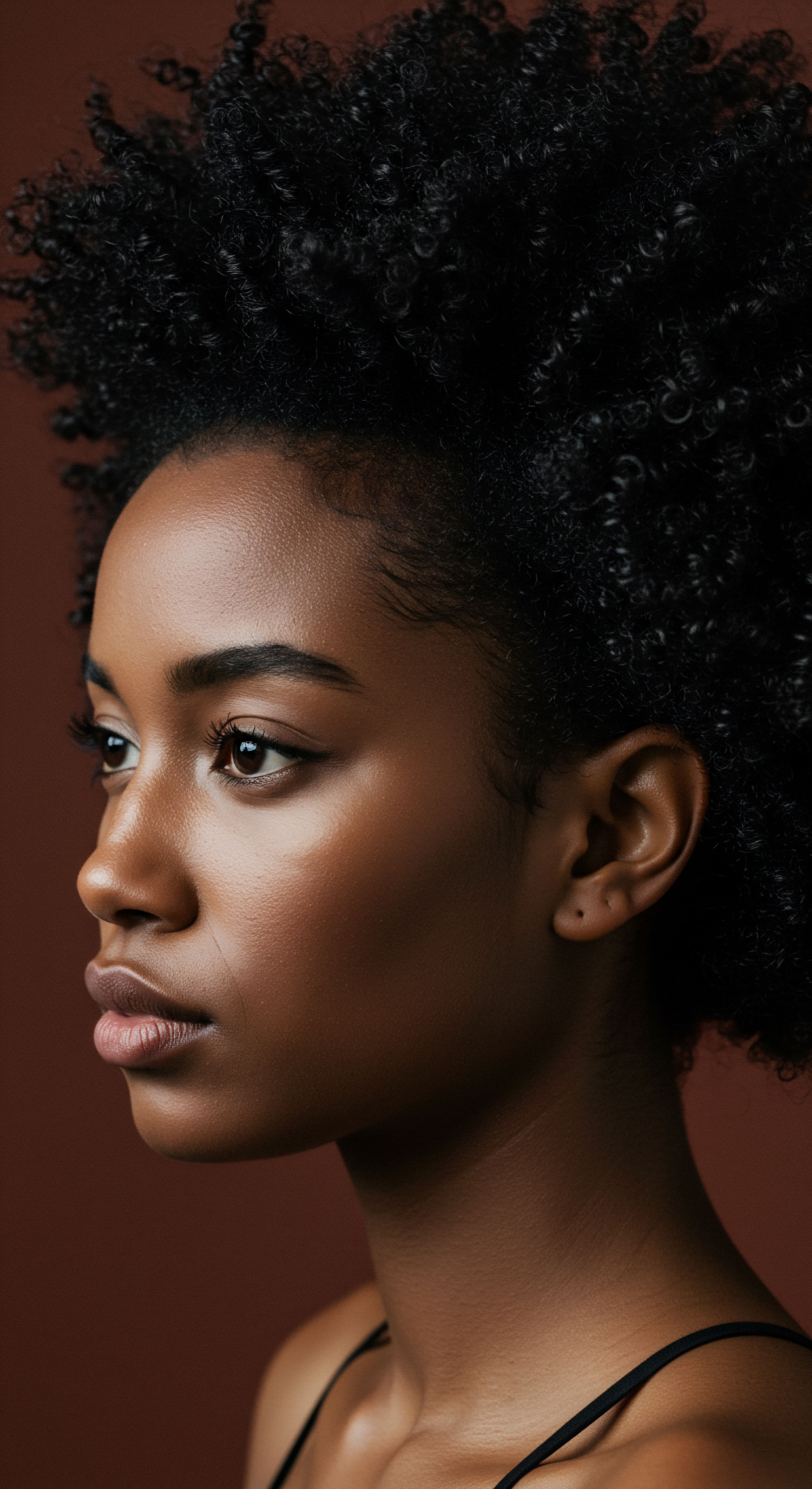
The Lived Experience of Hair Discrimination
The impact of hair discrimination extends far beyond a mere aesthetic preference; it cuts deep into personal identity, self-esteem, and even mental well-being. Black women, in particular, face significant pressures to conform to Eurocentric hair standards in professional and academic settings. A 2023 research study highlighted that Black Women’s Hair is 2.5 Times More Likely to Be Perceived as “unprofessional” than white women’s hair. This perception often leads to tangible consequences.
The same study revealed that approximately two-thirds (66%) of Black women alter their hair for a job interview, with 41% changing from curly to straight styles. These adjustments are not simply about personal choice; they are often a calculated response to implicit biases that can affect hiring decisions and career progression.
The deeply personal choice of hairstyle becomes a societal negotiation for many, influencing opportunities and well-being.
The emotional toll is substantial. Individuals subjected to hair bias report heightened stress and anxiety, diminished self-confidence, and a sense of identity conflict. The need to chemically straighten hair to avoid discrimination, a process that can carry physical health risks, speaks volumes about the societal pressures at play.
Children are not spared from this experience; 66% of Black girls in majority-white schools report facing hair discrimination, sometimes as early as five years old. Such experiences can lead to feelings of humiliation, sadness, and even impact academic achievement.

Recent Legal Battles and Their Outcomes
Despite the limitations of existing federal law, individuals and advocacy groups continue to challenge hair discrimination through litigation, seeking to broaden interpretations or highlight systemic issues. The case of Chasity Jones, a Black woman whose job offer was rescinded after she refused to cut her locs, became a prominent example of the legal challenges faced. Although the EEOC pursued the case, the Eleventh Circuit Court of Appeals ultimately ruled that the employer’s policy, while seemingly neutral, did not constitute racial discrimination under Title VII’s existing framework, as locs were deemed a “mutable” characteristic. This ruling underscored the need for more explicit legal protections.
More recently, the EEOC has issued updated enforcement guidance on workplace harassment, clarifying that harassment based on hair textures or hairstyles commonly associated with specific racial groups can indeed be considered race-based harassment. This guidance provides a roadmap for how the EEOC will investigate such complaints and enforce Title VII, offering a glimmer of hope for stronger application of existing law. For instance, a 2024 settlement saw American Screening, LLC pay $50,000 to resolve an EEOC lawsuit alleging race discrimination after a Black employee was fired for wearing her natural, curly hair. These actions, while significant, still often rely on the interpretation of existing statutes rather than explicit statutory language regarding hair.
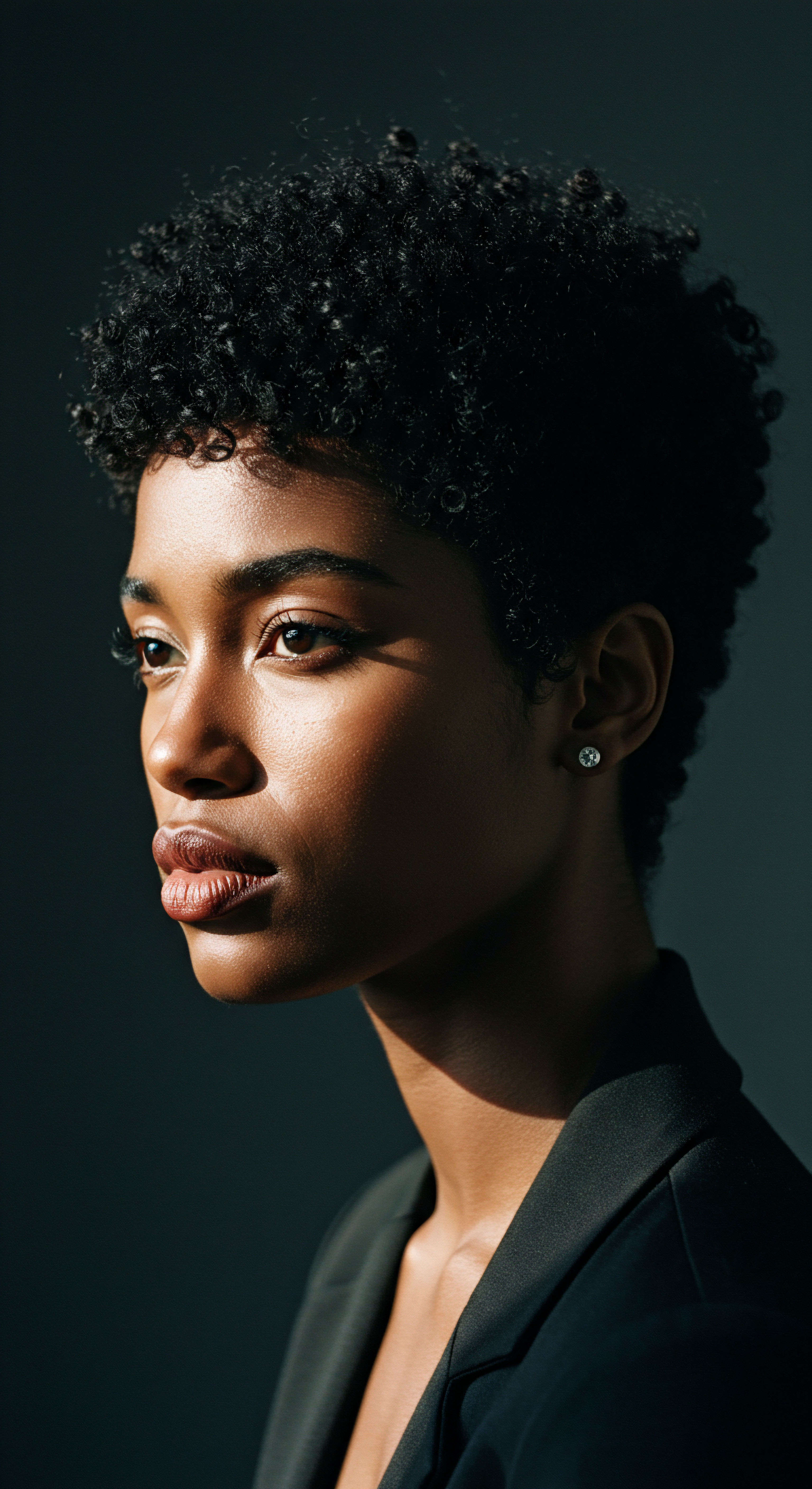
The CROWN Act Movement
In response to the persistent legal ambiguities and the widespread lived experience of hair discrimination, a powerful legislative movement has emerged ❉ the CROWN Act, which stands for Creating a Respectful and Open World for Natural Hair. This legislation aims to explicitly prohibit discrimination based on hair texture and protective hairstyles historically associated with race, such as braids, locs, twists, and Afros. California was the first state to enact a CROWN Act in 2019.
Since then, the movement has gained considerable momentum at the state level. As of September 2024, 27 states, along with Washington D.C. have passed CROWN laws, with over 30 more states having similar legislation filed or pre-filed.
These state-level acts are crucial, as they provide clear legal recourse where federal law has been interpreted as insufficient. They explicitly define race to include hair texture and protective styles, removing the ambiguity that has hindered past discrimination claims.
| Status Law in Effect |
| Examples of States California, New York, New Jersey, Delaware, Michigan, Vermont, Illinois (pending governor's signature) |
| Status Legislation Introduced/Pre-filed |
| Examples of States Numerous states across the U.S. |
| Status No Law in Effect |
| Examples of States Remaining states without active legislation |
| Status The landscape of hair discrimination laws is dynamic, with states actively pursuing protections. |

Why Do We Need New Federal Legislation?
The patchwork of state laws, while significant, highlights a fundamental gap at the federal level. Without a nationwide CROWN Act, protections against hair discrimination remain inconsistent across the country. An individual’s rights regarding their hair could change simply by crossing state lines, creating an uneven landscape of legal recourse. While federal courts have acknowledged certain hair discrimination as racial harassment, the lack of explicit statutory language means that judicial interpretations can vary, leading to unpredictable outcomes.
A federal CROWN Act would provide a uniform standard, ensuring that all individuals are protected regardless of their location, solidifying the understanding that hair discrimination is indeed a form of racial discrimination. A federal CROWN Act was passed by the House of Representatives in both 2020 and 2022 but has not yet passed the Senate.

Relay
To truly understand the legal question surrounding hair discrimination, one must move beyond the immediate surface of statutes and court rulings. This inquiry calls for a deeper reflection, a consideration of the intricate interplay between societal perceptions, cultural heritage, and the subtle yet profound mechanisms of bias. It asks us to consider how deeply ingrained aesthetic standards can become tools of systemic disadvantage, even when overtly discriminatory intent is absent. This section aims to provide a more sophisticated understanding, drawing from social science, historical context, and the persistent efforts to redefine what constitutes fairness in appearance.
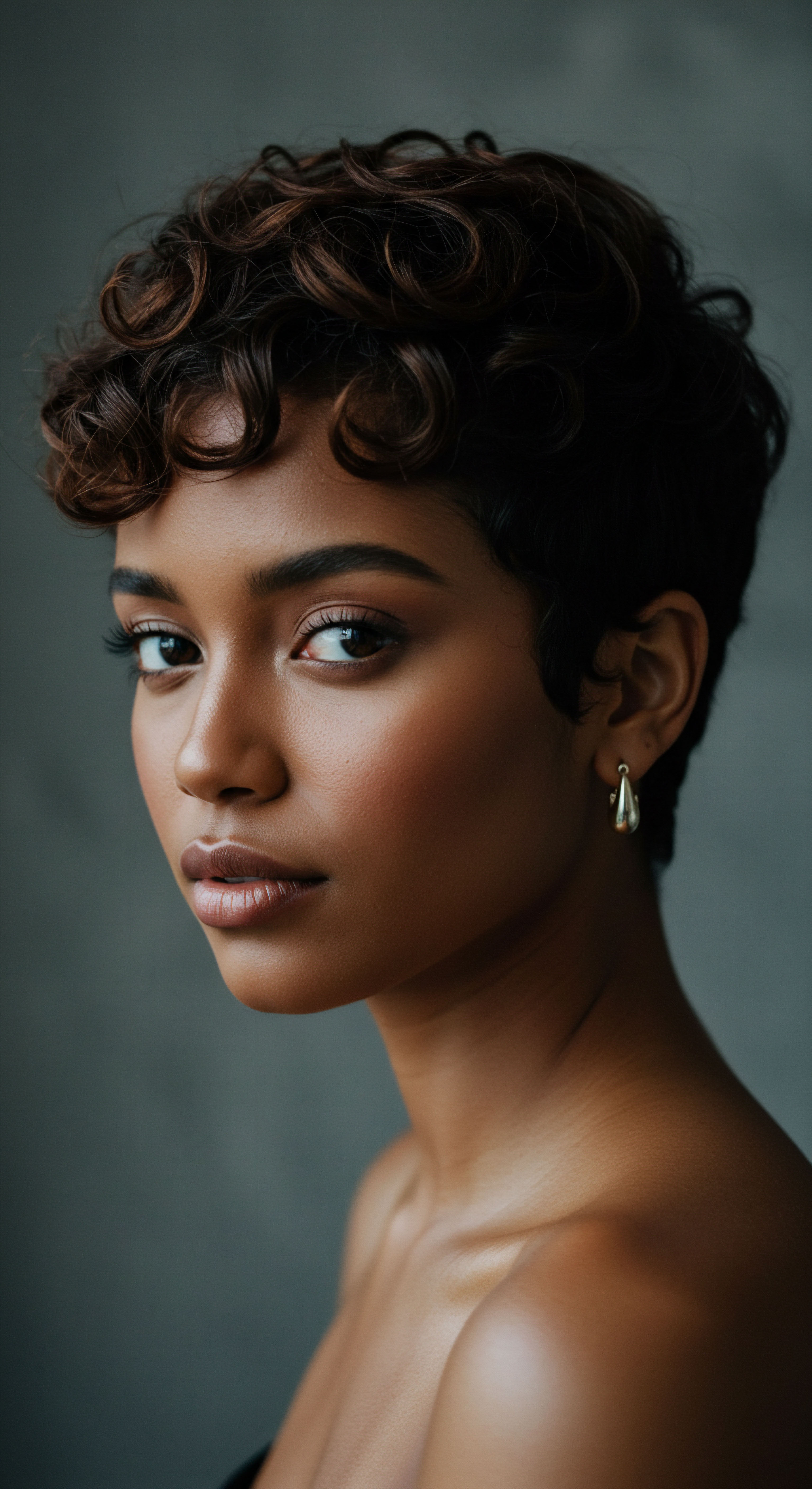
Sociological and Cultural Dimensions of Hair Discrimination
Hair discrimination is not an isolated phenomenon; it is a manifestation of deeper sociological constructs, often rooted in Eurocentric beauty standards that have historically privileged straight hair textures. These standards, reinforced through media, education, and professional environments, implicitly position textured hair as “other” or “unprofessional”. This societal conditioning contributes to a pervasive sense of otherness and can force individuals to alter their natural hair, sometimes at significant financial and health costs, to conform to dominant norms. The pressure to assimilate is not merely a matter of personal preference but a response to systemic biases that impact economic and social mobility.
The cultural significance of hair for Black individuals is profound, representing heritage, community, and personal expression. Policies that discriminate against natural hair styles therefore do more than regulate appearance; they undermine cultural identity and reinforce harmful stereotypes. This dynamic creates an environment where a person’s authentic self is seen as a barrier to opportunity, leading to psychological distress and a diminished sense of belonging.

The Role of Implicit Bias and Systemic Issues
A significant aspect of hair discrimination operates through Implicit Bias – unconscious attitudes or stereotypes that affect our understanding, actions, and decisions. Research has consistently shown that implicit biases against Black natural hairstyles are prevalent across racial groups. A 2020 study by Michigan State University and Duke University revealed that Black women with natural hairstyles were perceived as less professional and less competent, and were less likely to be recommended for job interviews compared to Black women with straightened hair or white women with either straight or curly hair. This bias was particularly pronounced in industries with conservative appearance norms, such as consulting.
This subtle, unconscious bias can translate into systemic issues within organizations and institutions. Policies that appear neutral on paper, such as “professional grooming standards,” can have a disparate impact on individuals with textured hair because they are applied through the lens of these implicit biases. For instance, comments about a Black employee’s natural hair being “untamed” or “unprofessional,” or even simply asking to touch their hair, are examples of microaggressions that contribute to race-based harassment, as highlighted by the EEOC’s updated guidance. These seemingly small interactions chip away at an individual’s sense of psychological safety and belonging in the workplace.

What Are the Legal and Social Implications of a Federal CROWN Act?
The enactment of a federal CROWN Act would carry significant legal and social implications. Legally, it would establish a clear, nationwide standard, eliminating the current state-by-state variations in protection. This uniformity would streamline legal challenges, providing a more consistent framework for courts to interpret and enforce anti-discrimination laws. It would explicitly define race to include hair texture and associated styles, thereby closing the “mutable characteristic” loophole that has historically weakened hair discrimination claims under Title VII.
Socially, a federal CROWN Act would send a powerful message of affirmation and inclusion. It would legally validate the cultural significance of textured hair and challenge deeply ingrained Eurocentric beauty standards. This shift could foster environments where individuals feel greater freedom to express their authentic selves without fear of professional or educational repercussions.
However, some arguments against new federal legislation center on the idea that existing laws, particularly Title VII, are broad enough to cover hair discrimination through concepts like disparate impact, if properly interpreted. Proponents of this view might argue that new legislation could lead to an overly prescriptive legal landscape or that judicial interpretation should simply evolve. Yet, the persistent legal challenges and inconsistent rulings under existing law suggest that explicit legislative clarity is necessary to overcome entrenched biases and narrow judicial readings. The CROWN Act is not merely adding a new category of discrimination; it is clarifying that hair discrimination is, in its essence, racial discrimination, seeking to rectify historical injustices and promote true equity.
- Bias in Hiring ❉ Black women with natural hairstyles are often perceived as less professional and competent, impacting job interview recommendations.
- Economic Impact ❉ The pressure to conform to Eurocentric standards can lead to significant spending on straightening treatments and products.
- Mental Well-Being ❉ Hair discrimination contributes to anxiety, lower self-esteem, and identity conflict for those affected.
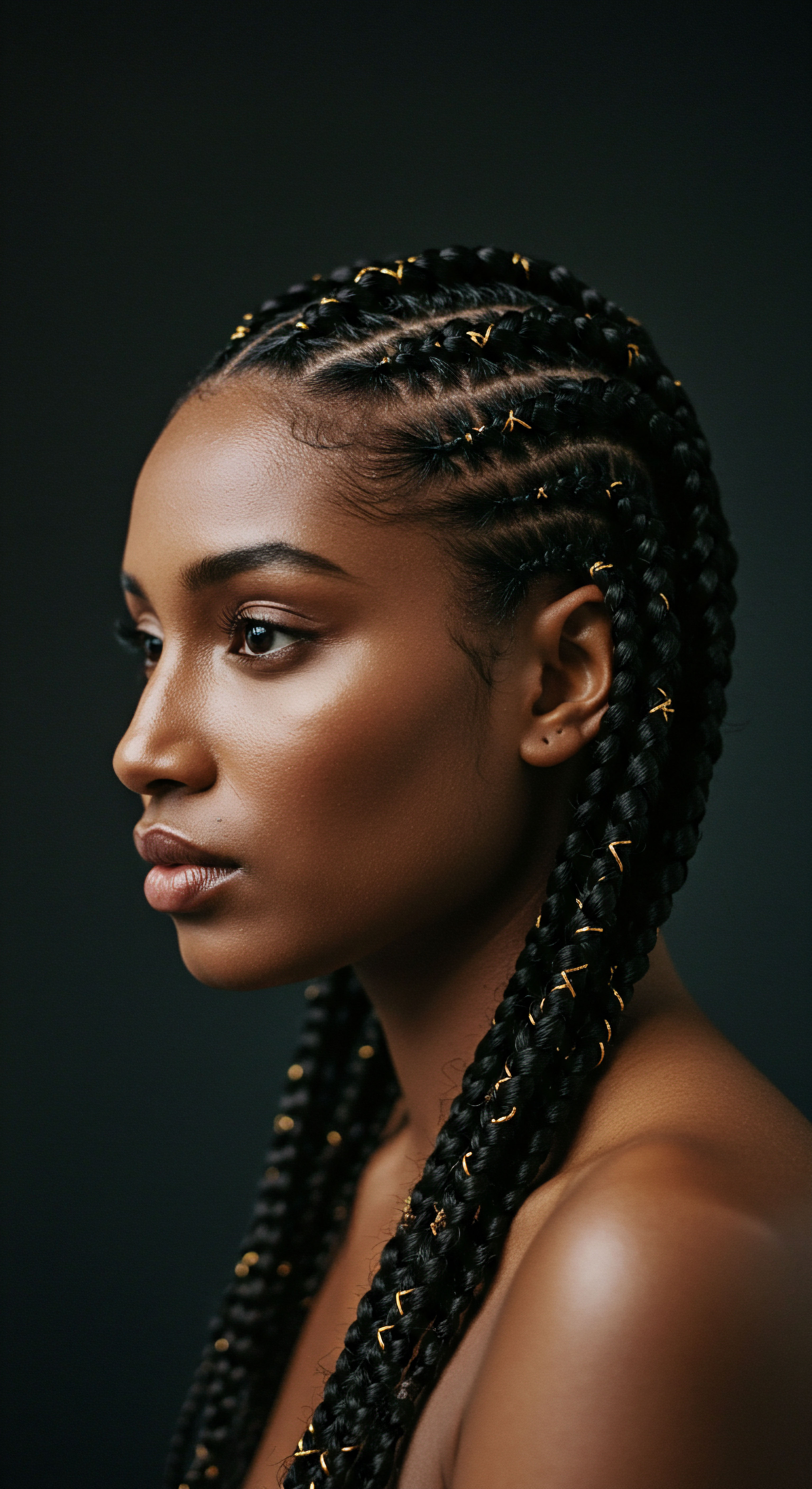
The Economic Burden of Conformity
Beyond the emotional and psychological toll, hair discrimination imposes a tangible economic burden. The necessity of altering natural hair to conform to perceived professional standards can result in considerable financial investment. Permanent straightening treatments, for instance, can cost hundreds of dollars per session, and the ongoing maintenance of chemically treated hair adds to this expense.
Black consumers, recognizing the importance of hair care, spent $2.3 billion on hair care products in 2022, marking it as their largest category of beauty purchases. This financial outlay, often driven by a need to avoid discrimination, represents a significant disparity in economic pressure compared to those who do not face similar appearance-based expectations.
Moreover, the discriminatory practices themselves, such as job offer rescissions or disciplinary actions, can directly impact economic opportunity. When individuals are denied positions or promotions because of their hair, it limits their earning potential and contributes to broader socioeconomic inequalities. This economic dimension underscores that hair discrimination is not a superficial concern but a factor that directly influences livelihoods and financial stability.
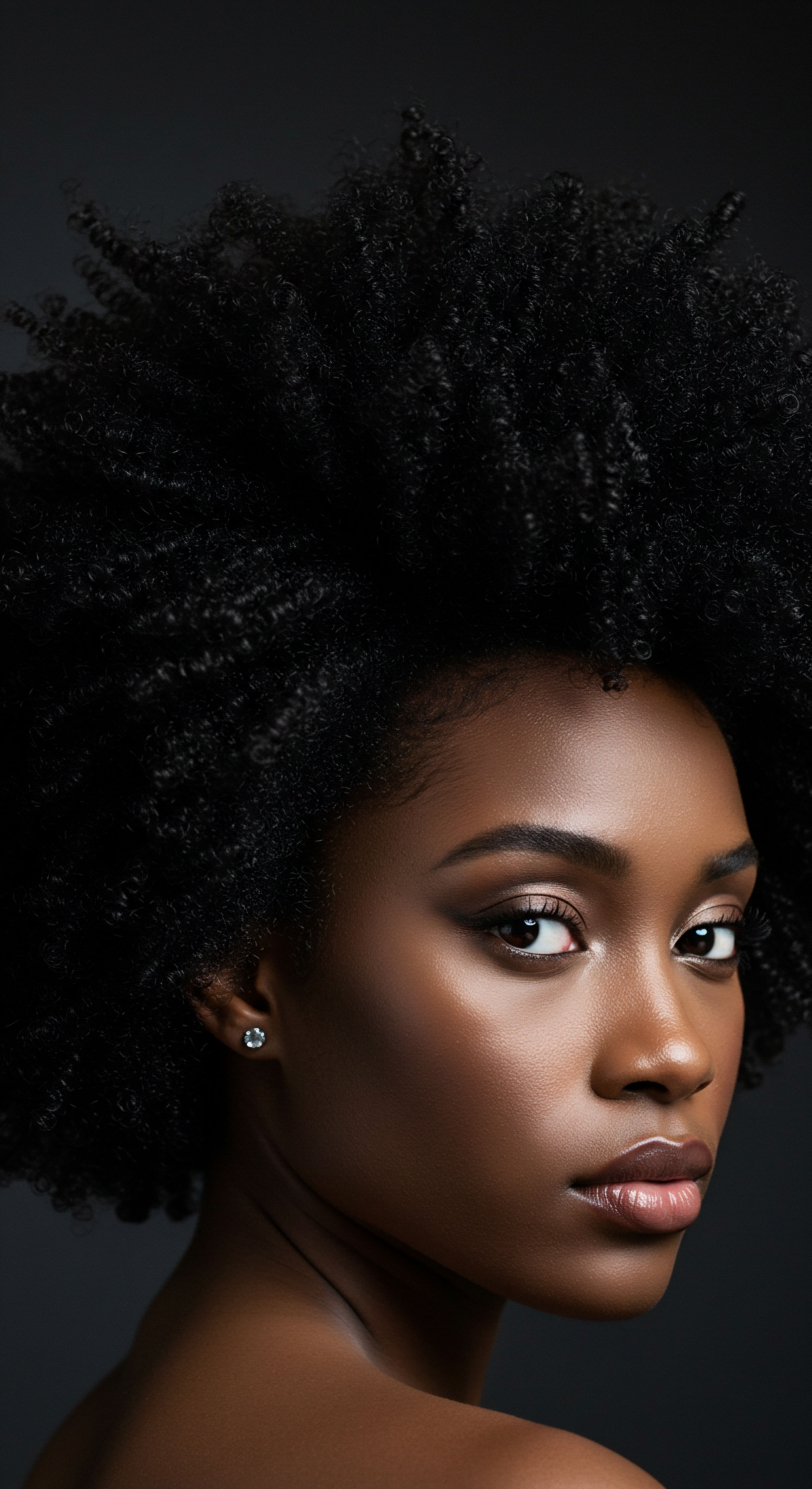
Reflection
As we step back from the intricate legal discussions and the profound personal stories, a clear understanding begins to settle. The question of whether existing federal laws can sufficiently address hair discrimination without new legislation finds its answer not in a simple “yes” or “no,” but in the nuanced acknowledgment of historical precedent, judicial interpretation, and the persistent human experience. The current legal landscape, while offering some pathways for recourse, has demonstrated its limitations through inconsistent application and a narrow perception of what constitutes racial discrimination. The very existence of the CROWN Act movement, with its widespread adoption at the state level, serves as a powerful testament to the unmet need for explicit, uniform protections.
It is a collective whisper, now a rising chorus, affirming that the texture and style of one’s hair are not mere choices disconnected from identity, but deeply rooted expressions that deserve unqualified respect and legal safeguard. The journey toward a truly equitable society requires not only the dismantling of overt prejudice but also the thoughtful re-evaluation of subtle biases embedded in our systems and perceptions. Only then can every strand be seen, and every individual valued, for their inherent worth.

References
- Dove and LinkedIn. (2023). 2023 CROWN Workplace Research Study.
- Duke University. (2020). The Natural Hair Bias in Job Recruitment.
- Greene, D. Wendy. (2017). Splitting Hairs ❉ The Eleventh Circuit’s Take on Workplace Bans Against Black Women’s Natural Hair in EEOC v. Catastrophe Management Solutions. 71 U. Mia. L. Rev. 987.
- Johnson, A. et al. (2017). The “Good Hair” Study Results. Perception Institute.
- Koval, C. Z. & Rosette, A. S. (2020). The Natural Hair Bias in Job Recruitment. Social Psychological and Personality Science.
- Legal Defense Fund. (2020). Hair Discrimination FAQ.
- Maharaj, C. (2025). Beyond the roots ❉ exploring the link between black hair and mental health. TRIYBE Research.
- NielsonIQ. (2023). Black Consumers’ Spending Habits.
- Opie, T. R. & Phillips, K. W. (2015). Hair and Loathing ❉ The Perception of Professionalism of Black Women’s Natural Hairstyles.
- Patton, T. O. (2006). Hey Girl, Am I More Than My Hair?
- Stiel, L. et al. (2015). Hair Straightening Products and Breast Cancer Risk.
- U.S. Equal Employment Opportunity Commission. (2013). EEOC v. Catastrophe Management Solutions.
- U.S. Equal Employment Opportunity Commission. (2024). Enforcement Guidance on Harassment in the Workplace.